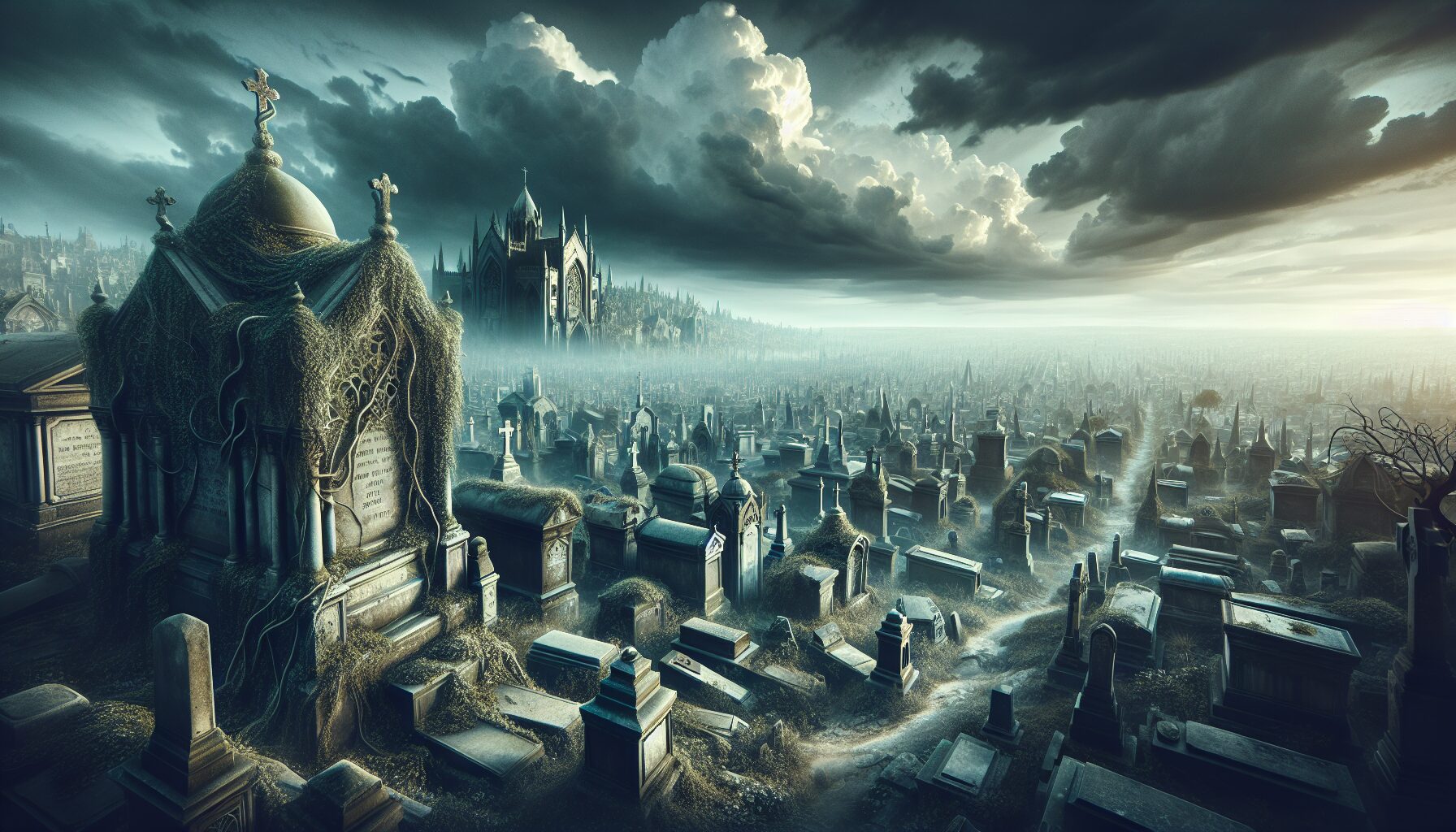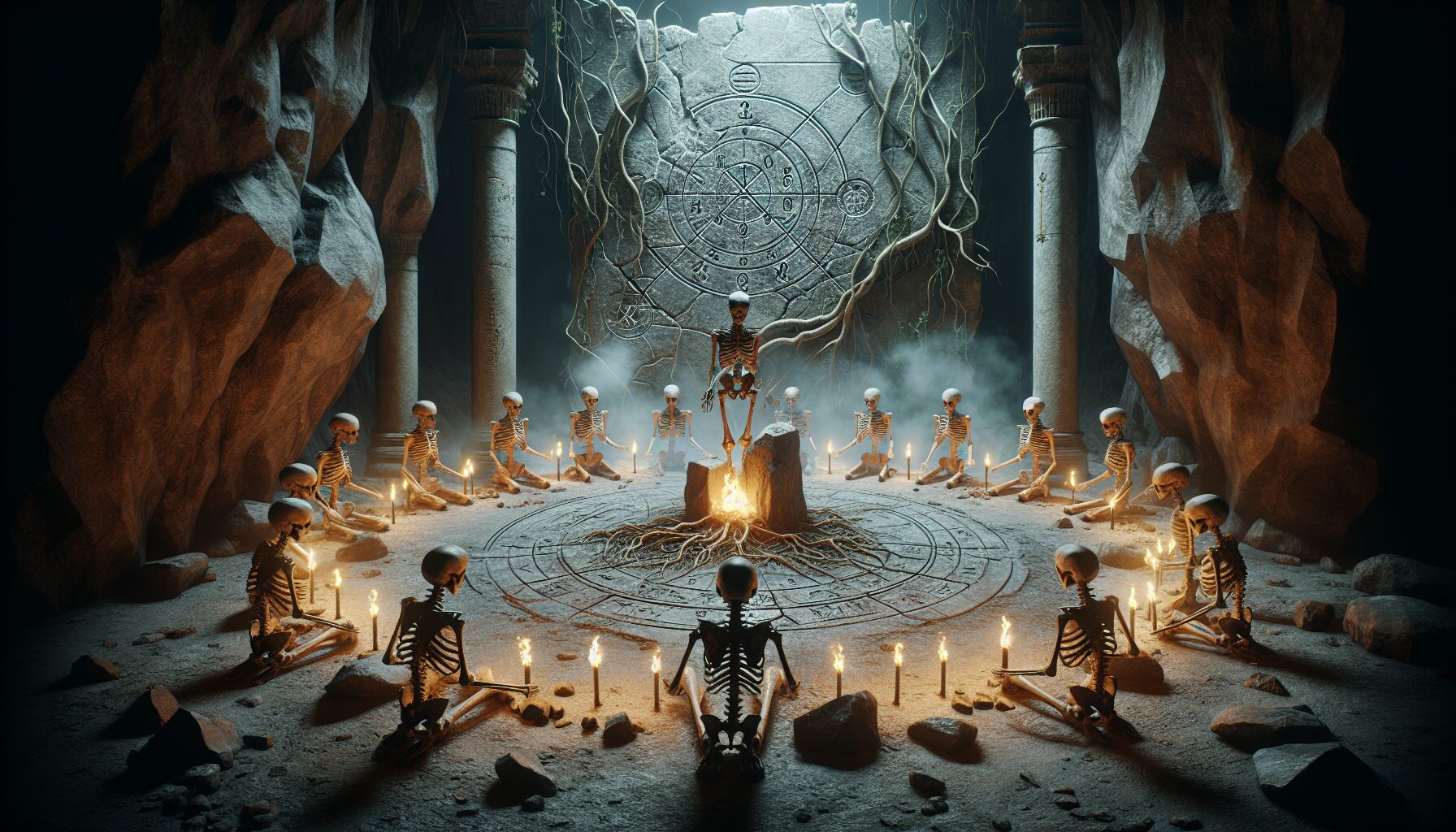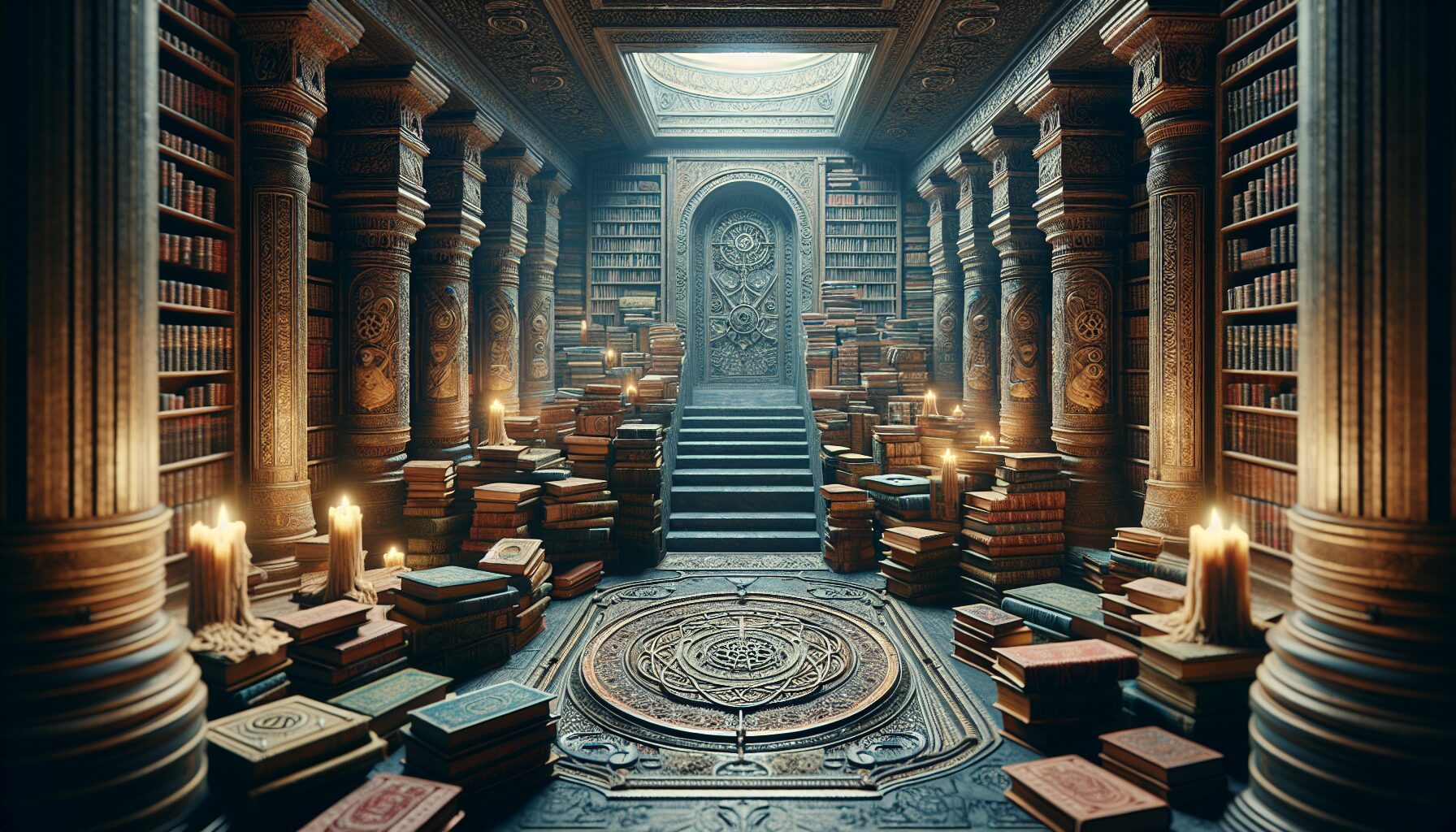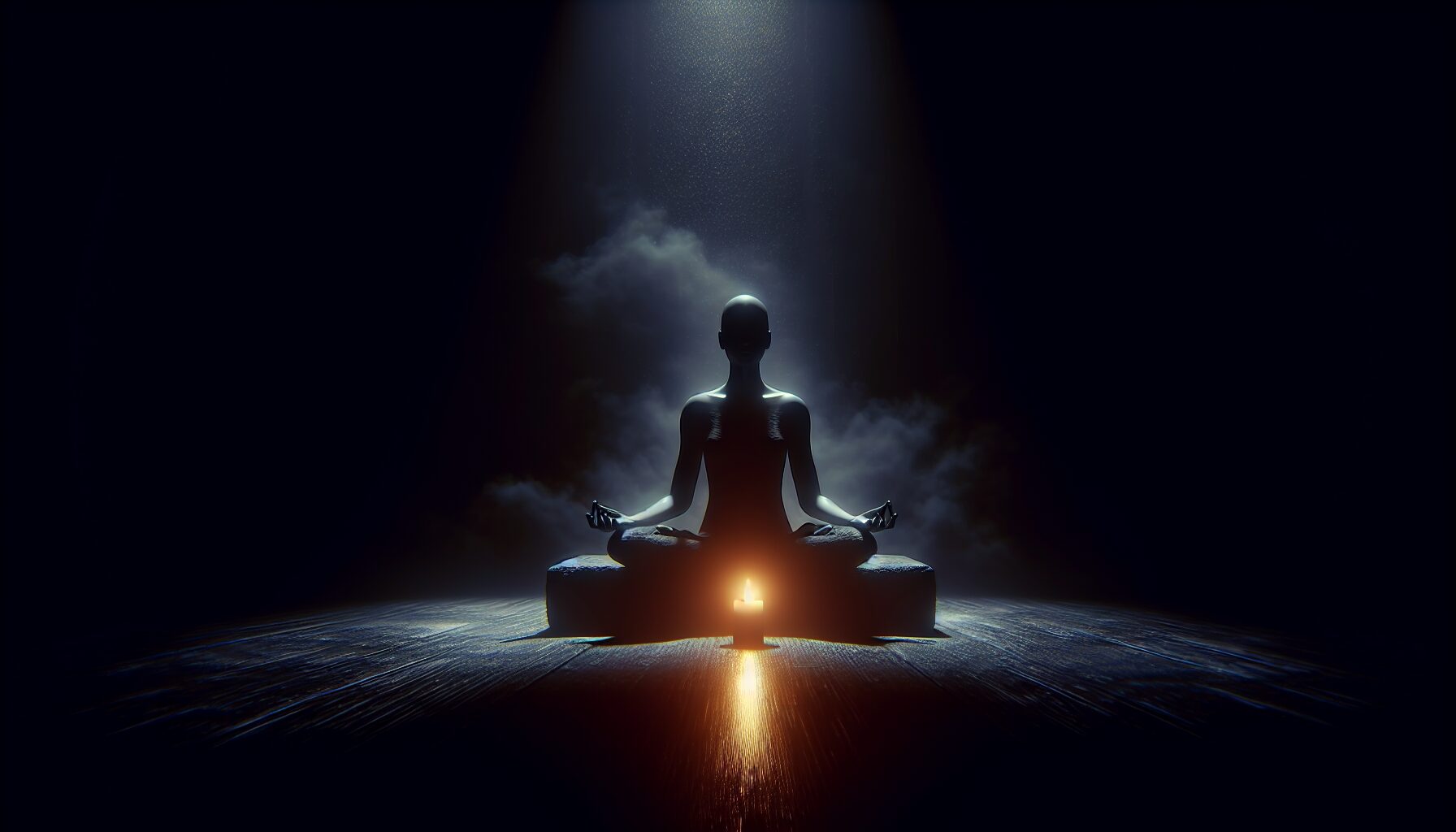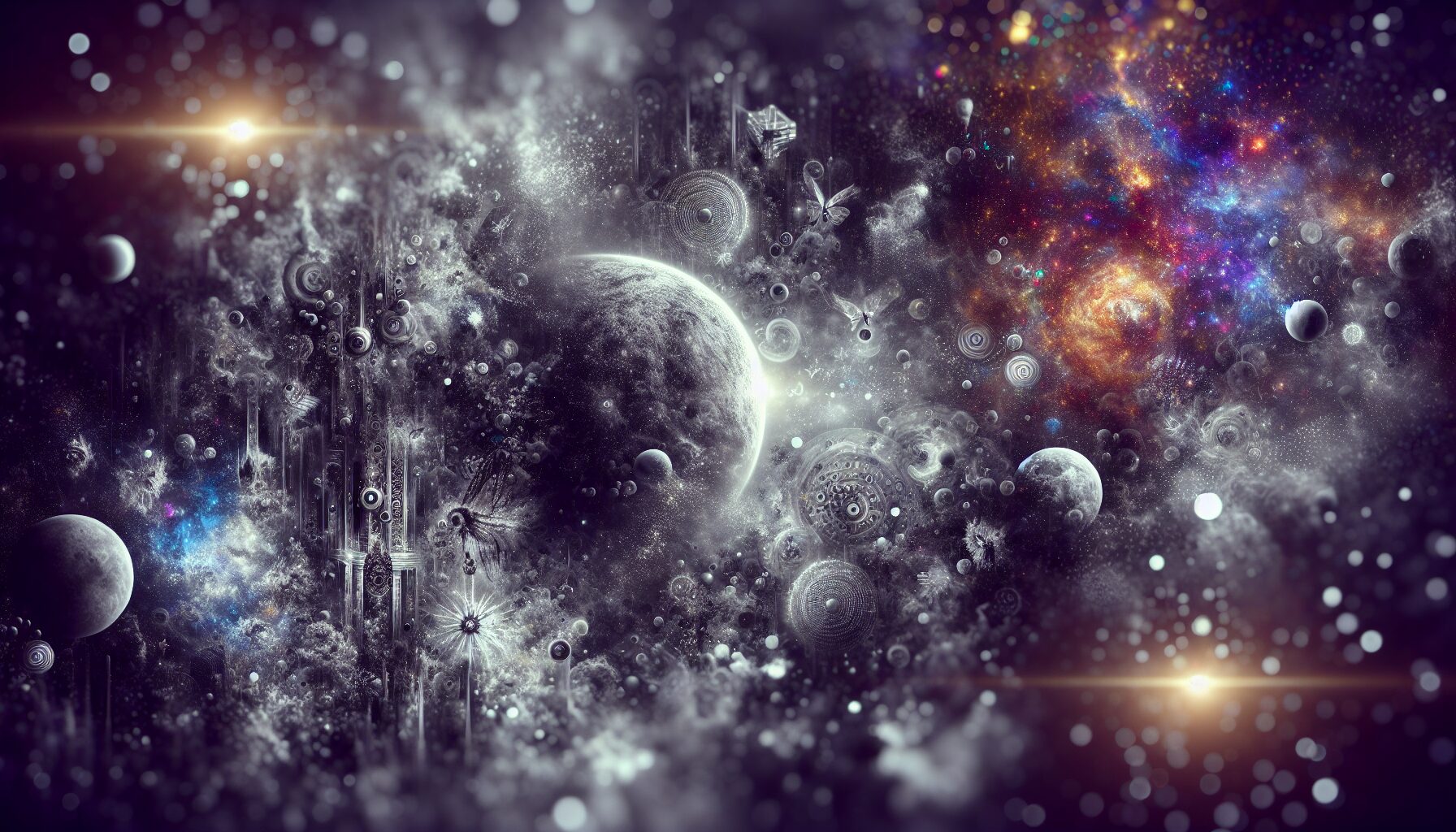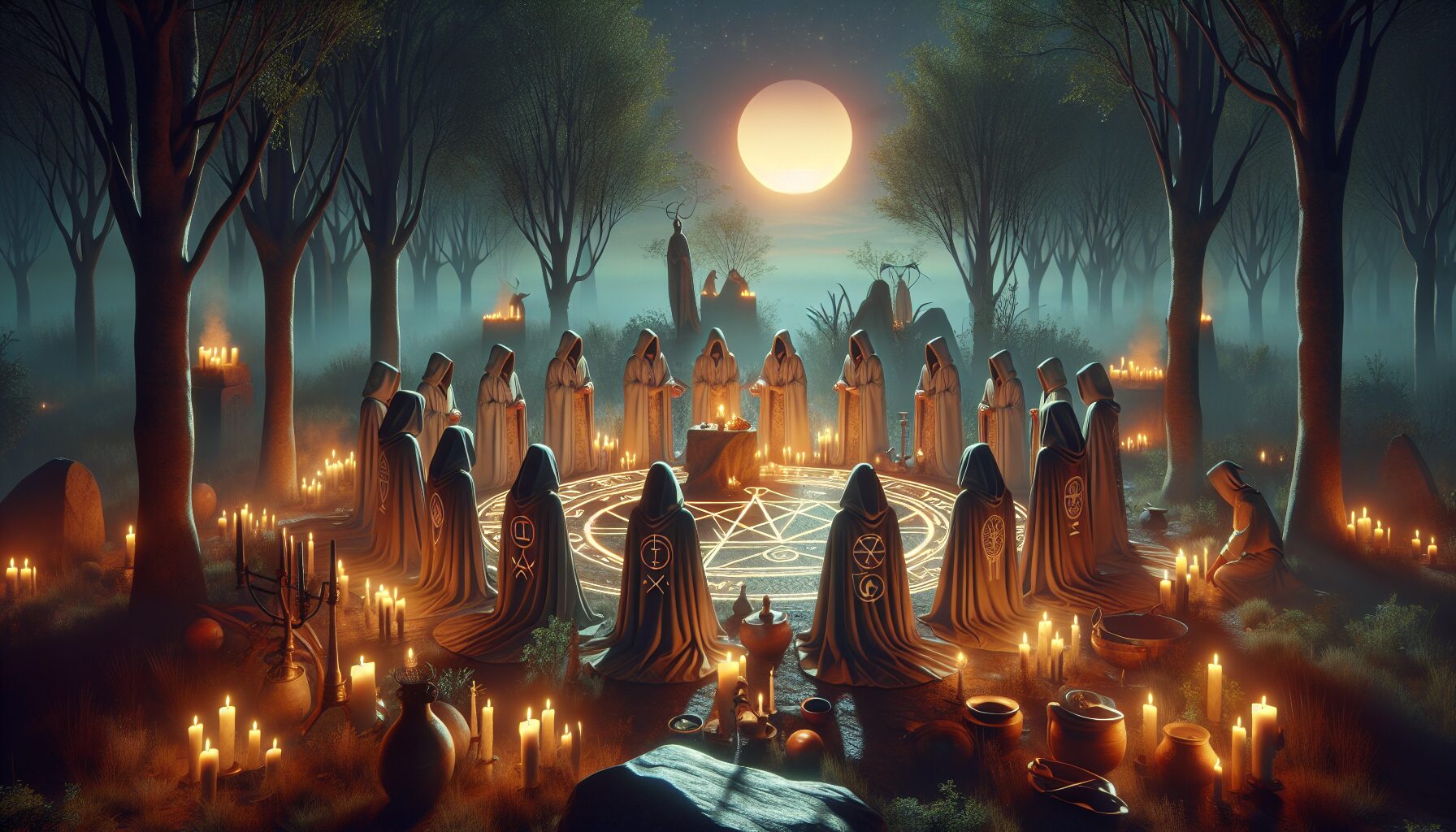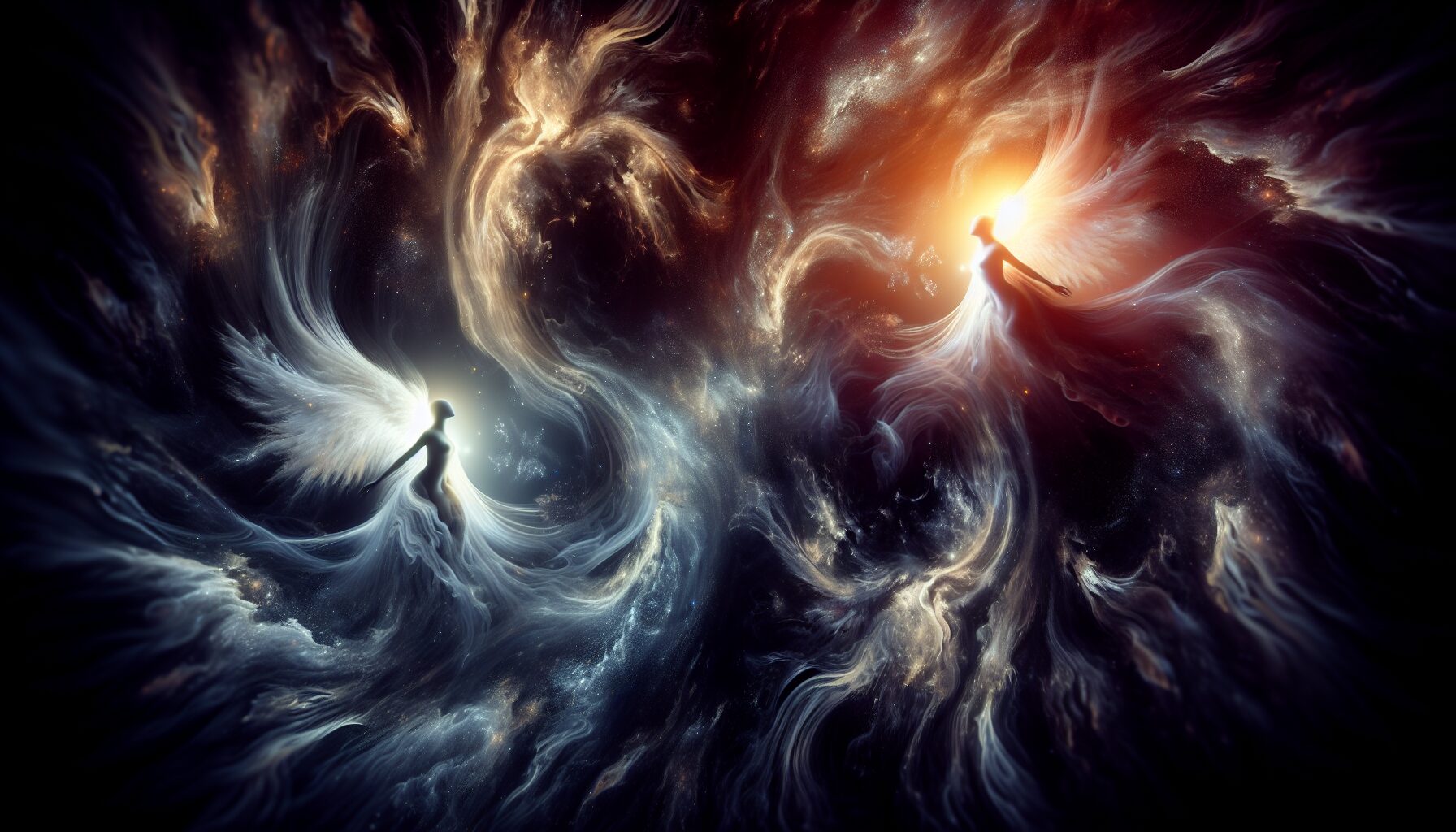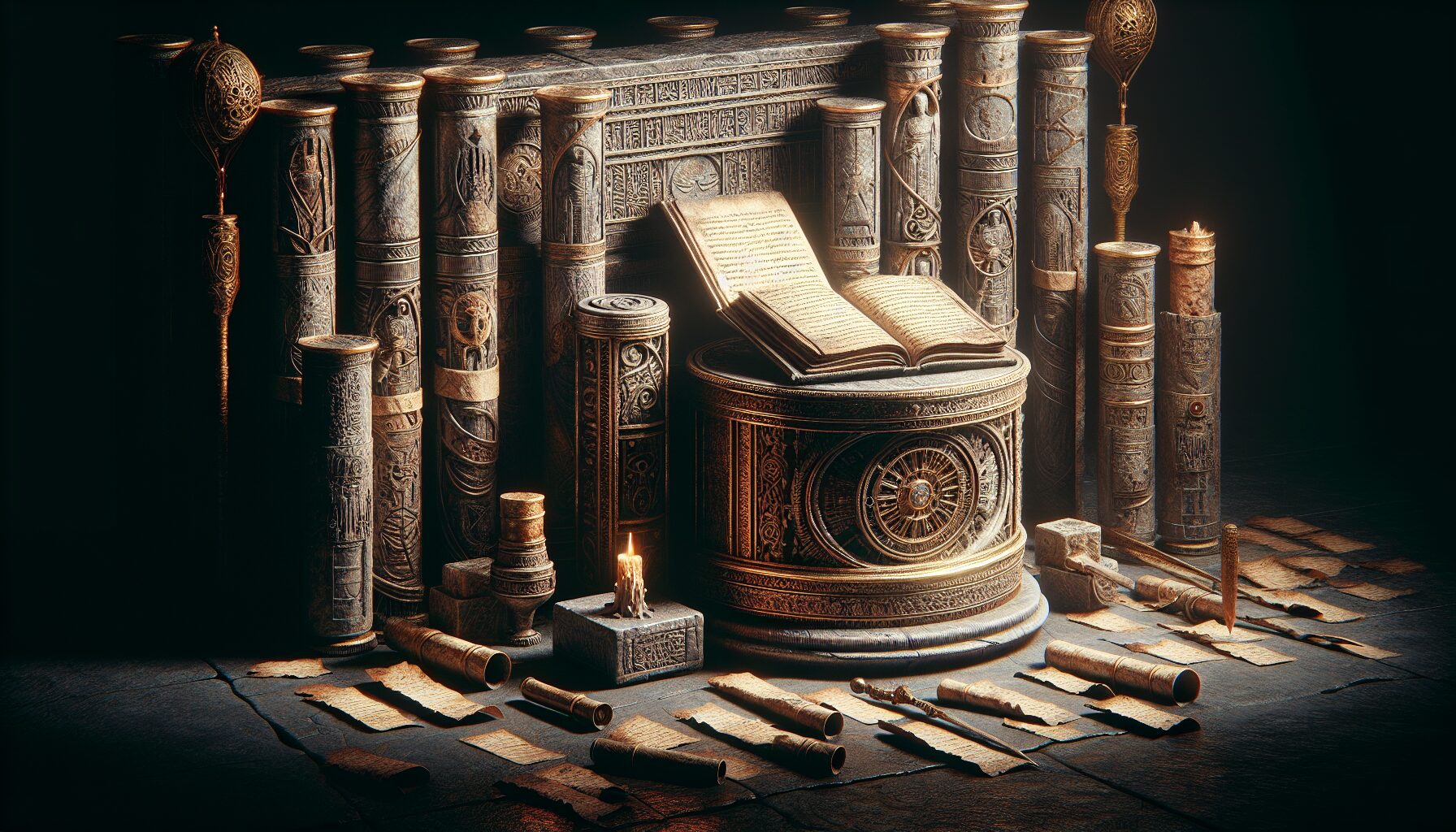Necropolis Ethics: Moral Lessons from Decay
The graveyards and necropolises that dot our landscapes are more than mere resting places for the dead. They are repositories of human history, culture, and morality. As places where the end of life meets the unyielding reality of nature’s cycle, these areas offer profound moral insights into life and death, identity, cultural memory, and environmental stewardship. This article delves into these themes, exploring the rich tapestry of ethical lessons woven into the decay and serenity of these sacred places.
The Gravity of Impermanence
Necropolises confront us with the stark reality of life’s impermanence. The philosopher Michel de Montaigne once remarked, “To philosophize is to learn to die.” Graveyards compel us to embrace mortality as an integral part of life. This acceptance fosters a mindset where one learns to cherish the present and live meaningfully.
The realization that our time is finite can significantly influence our daily actions, provoking a moral re-evaluation of how we choose to spend our lives. As Seneca writes in On the Shortness of Life, “It is not that we have a short time to live, but that we waste a lot of it.” Graveyards teach us the value of each moment, urging us to cultivate virtues such as kindness, courage, and gratitude.
Identity Beyond Death
Engraved headstones tell stories of lives lived and lost—stories that transcend death and decay. These markers serve as permanent reminders of each individual’s impact on their community and loved ones. The inscriptions narrate tales not just of personal accomplishments, but also of collective cultural values. They challenge us to consider what our own legacy will be, putting into question the kind of moral and ethical values we wish to imprint on the world.
Maintaining Historical Integrity
- Preservation: Restoring and maintaining graveyards help to preserve historical narratives and the lessons they hold.
- Respect for Diversity: Respecting tombstones of various cultures and religions fosters a multicultural appreciation essential for today’s global society.
By protecting these relics of the past, we allow current and future generations to engage with history, reminding them of the shared human experience that transcends the boundaries of time and space.
Cultural Memory and the Communal Conscience
Cemeteries are a collective record of cultural memory. They embody rituals and traditions around death, providing insight into how societies perceive mortality. For instance, the ancient Egyptians’ intricate burial practices reflected profound beliefs in the afterlife, mirroring their moral worldview and societal values.
Dr. Elizabeth Wickham, a noted anthropologist, stated, “Necropolises serve as both mirrors and architects of cultural memory. They reflect society’s ethics and, through this reflection, actively shape ongoing cultural and moral frameworks.”
By engaging with these communal spaces, we deepen our understanding of both ourselves and the broader cultural narratives that influence our ethical compass. In pausing to reflect on these practices, we are reminded that the ethical customs surrounding death deeply influence the living. They ask us to judge whether these customs are still relevant, compelling us to either cherish or challenge the legacies left behind.
Environmental Ethics of Necropolises
As we progress toward more ecologically conscious practices, necropolises ask us to consider the environmental ethics of traditional burial practices. Traditional funerals can have a large ecological footprint due to formaldehyde embalming, cement vaults, and extensive land use. Modern alternatives are emerging:
- Green Burials: This method avoids hazardous products and promotes the decomposition of bodies in a way that is harmonious with the earth.
- Conservation Cemeteries: These preserve habitats and natural landscapes, blending burial needs with ecological conservation efforts.
Such practices refrain from disrupting ecosystems, instead fostering a symbiotic relationship with the environment. These emerging alternatives encourage contemplation on how our final acts can align with a broader ethic of care for the planet, illustrating how our decisions have implications that extend beyond our lifespan.
Conclusion: Living Through Death’s Lessons
Often overlooked in daily discourse, necropolises are rich educational landscapes offering various ethical lessons. In reflecting on the decay they house and the stories they preserve, we perceive a broader understanding of morality shaped by impermanence, cultural memory, identity, and environmental stewardship. By embracing these lessons, we can enhance the virtues of empathy and awareness in our lives, perpetuating stories of not just how people lived but how they chose to be remembered.
Dotted with the imprints of history and laden with the weight of moral inquiry, these cities of the dead demand not just quiet reverence but active engagement with what it truly means to live well and be remembered with honor.
